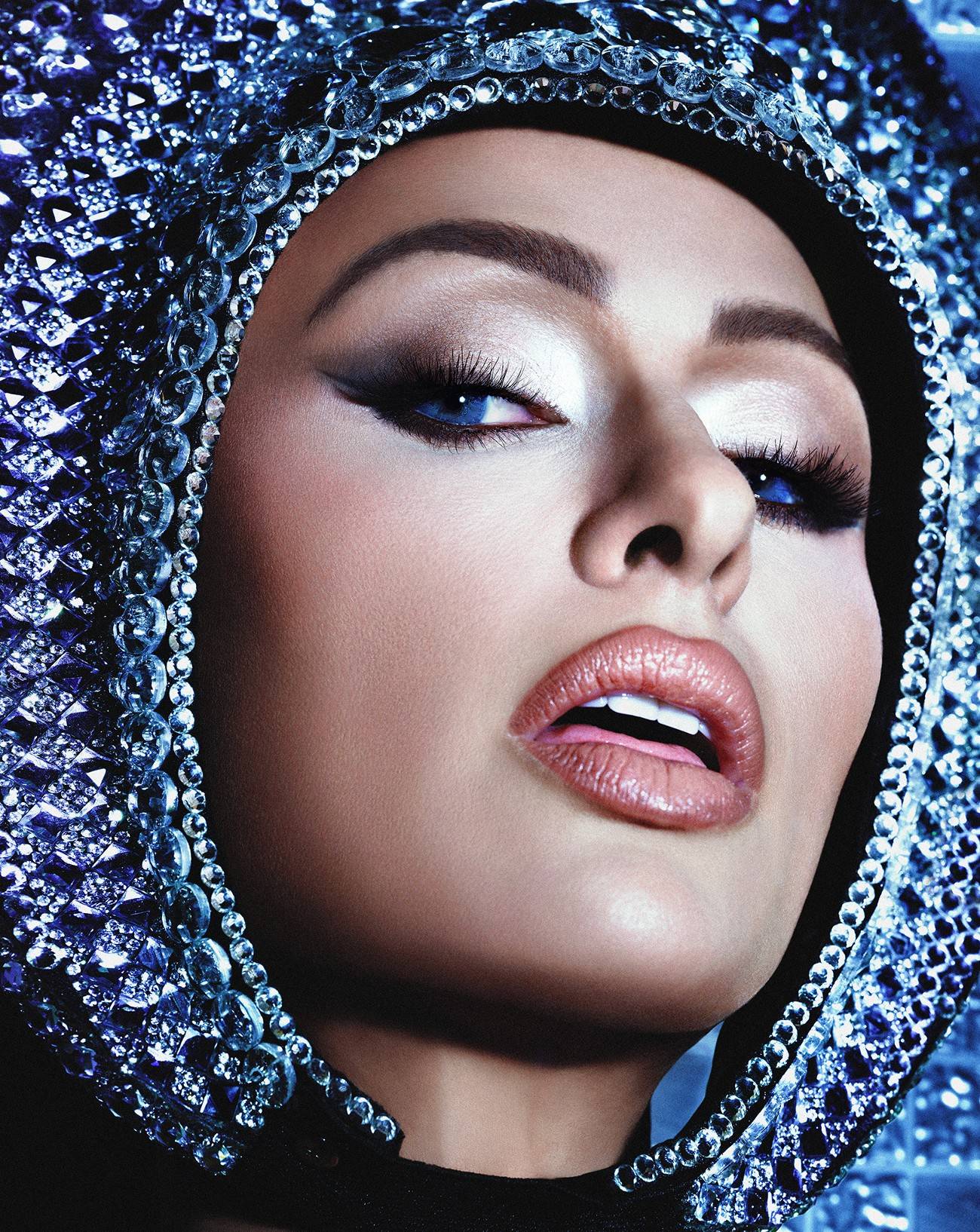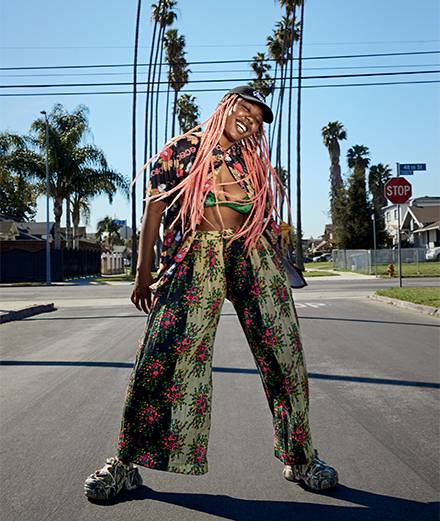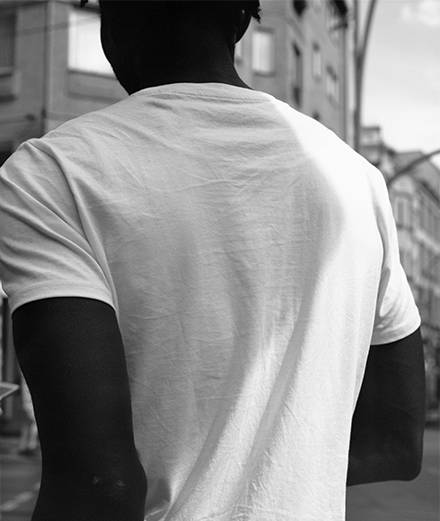

“The thousand faces artist”, “The queen of transformation”, “The chameleon artist”… Cindy Sherman’s reputation has earned her almost as many nicknames as the transformations she’s gone through. Black and white, in color, young, or old, her identity unfolds in a vast collection of avatars. Having started a quest for her own identity in the early years, Cindy Sherman has built an oeuvre in which she is always the main focus, but always in someone else’s skin.
Having started a quest for her own identity in the early years, Cindy Sherman has built an oeuvre in which she is always the main focus, but always in someone else’s skin.


Calling herself “Child TV Addict”, Cindy Sherman started accumulating a rich visual culture from a very young age, from movies to American game shows. In 1977 she moved to New York and started her most famous series, Untitled Film Stills. In black and white, the 23-year-old artist imitated the attitudes of female characters from Hitchcockian film noir or the French Nouvelle Vague. An undeniable tension radiates from these images where the young woman appears to be guilty of some crime, we’re not sure what or is being followed by who we can only imagine is an insalubrious character.
An undeniable tension radiates from these images where the young woman appears to be guilty of some crime.
This first series, between photography and cinema, was the precursor to Rear Screen Projections (1980-81), this time in colour. By its title, the series pays tribute to Hitchcock’s 1954 film, Rear Window, released the year of her birth. Fascinated by the narrative plot of the movie, the artist created her works like windows through which we can see the world. Shot against backgrounds that reveal the trickery, Cindy Sherman represents herself alternately as an adventurer, a middle-aged woman, a kidnapped girl and a femme fatale…


The artist was also interested in the aesthetics of fashion magazines. In Cover Girl, she uses a cover of a 1976 Vogue as a model. Treated in the sacred form of the triptych, the artist takes the original cover on the left and then, in the centre and on the right, adds her face, imitating and parodying the attitude of the original model. Cindy Sherman makes fun of appearances as social constructions.
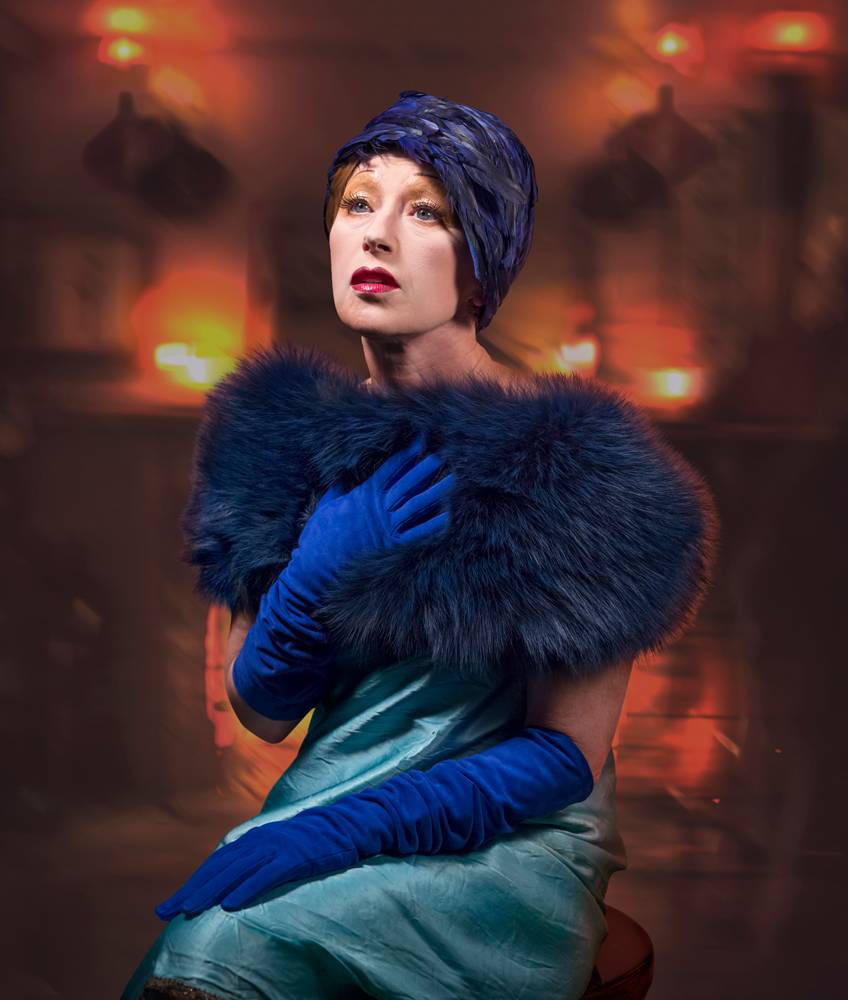
Cindy Sherman, Untitled #574, 2016, from the “Flappers” series (2016-18). Courtesy of the artist and Metro Pictures, New York
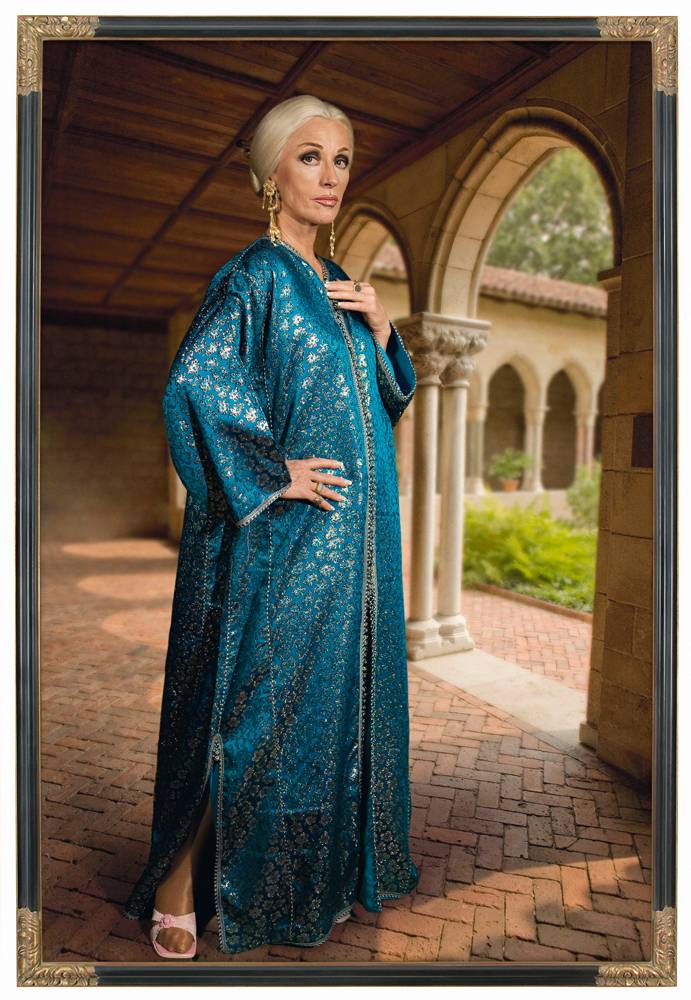
Cindy Sherman, Untitled #466, 2008, from the “Society Portraits” series (2008). Courtesy of the artist and Metro Pictures, New York
Forty years later, and the artist continues to be interested in the mutations that affect her body, her identity and society at large. In the Flappers series (2016-18), Sherman dressed up as those 1920s American women we know from the novels of Scott Fitzgerald, or as the Swedish-American actress Greta Garbo. Today aged 66, the artist interrogates her own condition as a woman getting older by appropriating the precious aspects of aristocrats in search of eternal youth.
Today aged 66, the artist interrogates her own condition as a woman getting older by appropiating the precious aspects of aristocrats in search of eternal youth.
Dressing up is an art form. Having used prosthetics, wigs, make-up and costumes throughout her career, Cindy Sherman has never stopped representing the diversity - both sad and happy - of the people who make up daily life. Her acute sense of humour and self-derision have always been present making the work of Cindy Sherman a quest for self through the questioning of social statuses and their representations.
Cindy Sherman retrospective, at the National Portrait Gallery, London, until September 15.



